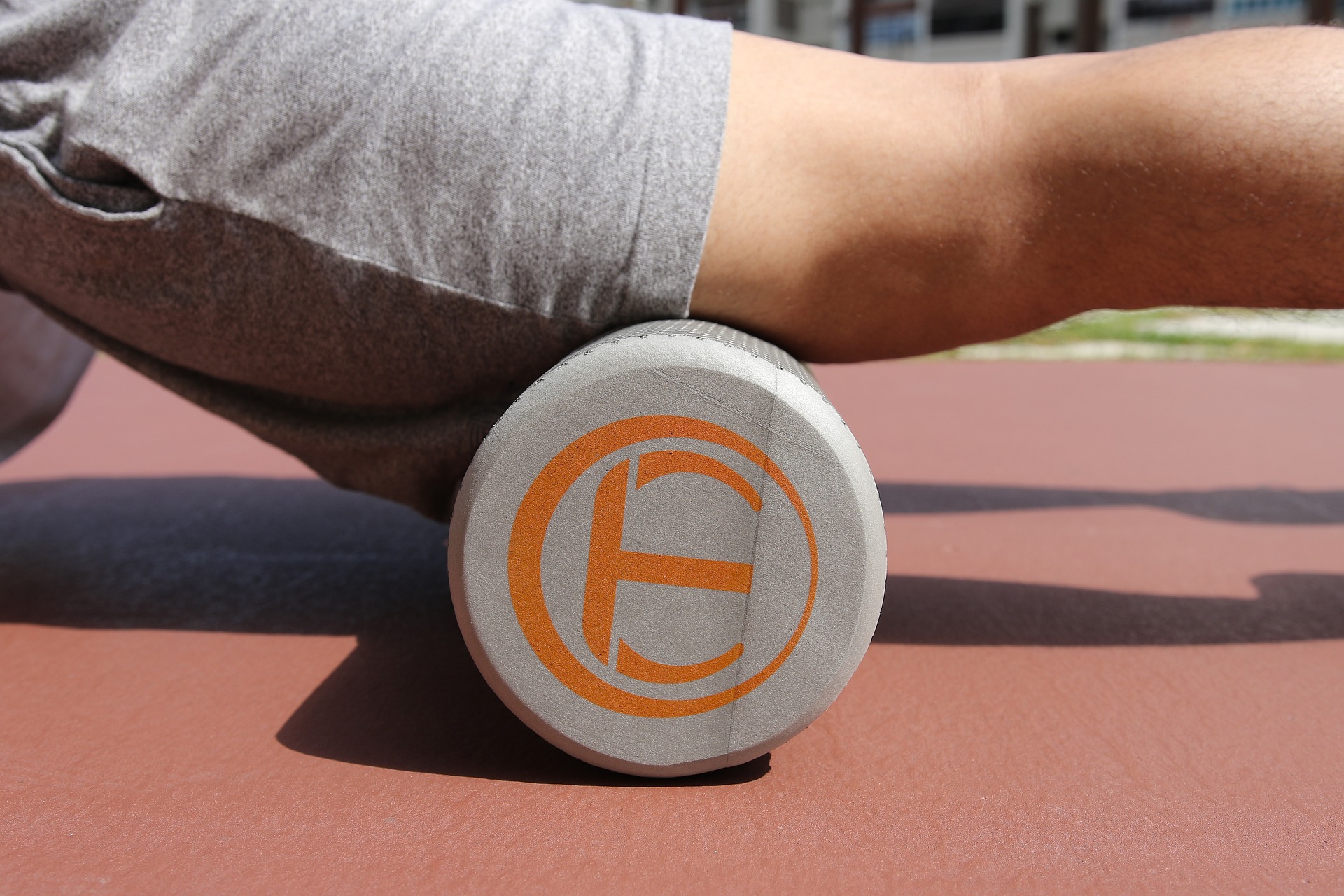Chromotherapy: The Science of Color Healing in Fitness
In the ever-evolving landscape of wellness and fitness, a vibrant new trend is emerging that combines the power of visual perception with physical well-being. Chromotherapy, also known as color therapy, is making waves in fitness centers and spas around the world. This innovative approach harnesses the psychological and physiological effects of different colors to enhance workout experiences, boost recovery, and promote overall health. As fitness enthusiasts seek novel ways to optimize their routines, chromotherapy offers a fresh perspective on how our environment can influence our physical performance and mental state during exercise.
The Science Behind Color and Physical Performance
The effectiveness of chromotherapy in fitness is grounded in the way our bodies respond to different wavelengths of light. Each color is associated with specific physiological reactions. For instance, exposure to blue light has been shown to increase alertness and reduce fatigue, making it ideal for high-intensity workouts. Red light, on the other hand, can stimulate adrenaline production and increase heart rate, potentially enhancing strength and power output during weight training sessions.
Research conducted at the University of Toronto revealed that athletes exposed to red light before and during strength exercises demonstrated a 13% increase in force production compared to those in neutral lighting conditions. This discovery has led to the implementation of color-changing LED systems in many professional training facilities and high-end gyms.
Implementing Chromotherapy in Fitness Spaces
Forward-thinking fitness centers are now incorporating chromotherapy into their design and programming. Some have invested in sophisticated lighting systems that can be adjusted to create different color environments for various classes and workout zones. For example, a yoga studio might use calming green hues to promote relaxation and balance, while a spinning class could utilize energizing yellow tones to boost motivation and endurance.
Innovative fitness equipment manufacturers have also begun integrating chromotherapy into their products. Treadmills and stationary bikes with built-in LED panels allow users to customize their visual environment, creating a more immersive and potentially more effective workout experience.
Color-Enhanced Recovery and Meditation Spaces
Beyond active exercise areas, chromotherapy is finding its way into recovery and meditation spaces within fitness facilities. These dedicated areas use carefully selected color schemes to aid in post-workout relaxation and mental rejuvenation. Soft blue and violet hues are often employed in these spaces to promote calmness and reduce stress levels.
Some high-end gyms have even introduced chromotherapy pods or chambers where members can engage in guided meditation sessions enhanced by slowly changing color displays. These experiences are designed to accelerate recovery, improve sleep quality, and boost overall well-being.
The Role of Wearable Technology in Chromotherapy Fitness
As wearable fitness technology continues to advance, some companies are exploring ways to incorporate chromotherapy into personal devices. Prototype smartwatches and fitness trackers with color-changing displays are being developed to provide real-time chromotherapy benefits during workouts. These devices aim to synchronize color changes with the user’s heart rate, activity level, and time of day to optimize performance and recovery.
Additionally, augmented reality (AR) glasses designed for exercise are in development, which could project color-enhanced environments tailored to specific workout goals. This technology has the potential to revolutionize home fitness routines by bringing the benefits of chromotherapy to any exercise space.
Challenges and Considerations in Chromotherapy Fitness
While the potential benefits of chromotherapy in fitness are exciting, it’s important to note that research in this field is still ongoing. Critics argue that more long-term studies are needed to fully understand the effects of color exposure on athletic performance and recovery. Additionally, individual responses to color can vary widely, making it challenging to create standardized chromotherapy protocols.
There are also practical considerations for fitness facilities looking to implement chromotherapy. High-quality, programmable lighting systems can be expensive to install and maintain. Furthermore, staff may require specialized training to effectively utilize chromotherapy in class settings and personal training sessions.
The Future of Chromotherapy in Fitness and Wellness
Despite these challenges, the future of chromotherapy in fitness looks bright. As more research is conducted and technology advances, we can expect to see increasingly sophisticated applications of color therapy in both commercial gyms and home workout spaces. The integration of artificial intelligence could lead to personalized chromotherapy experiences that adapt in real-time to an individual’s physiological responses and fitness goals.
Moreover, the potential for chromotherapy extends beyond traditional fitness settings. Rehabilitation centers are beginning to explore its use in physical therapy programs, while corporate wellness initiatives are considering color-enhanced environments to boost employee health and productivity.
As our understanding of the mind-body connection deepens, chromotherapy stands poised to play a significant role in the holistic approach to fitness and wellness. By harnessing the power of color, we may unlock new ways to enhance our physical performance, accelerate recovery, and improve overall well-being. The colorful revolution in fitness is just beginning, and its full spectrum of benefits is yet to be fully realized.






